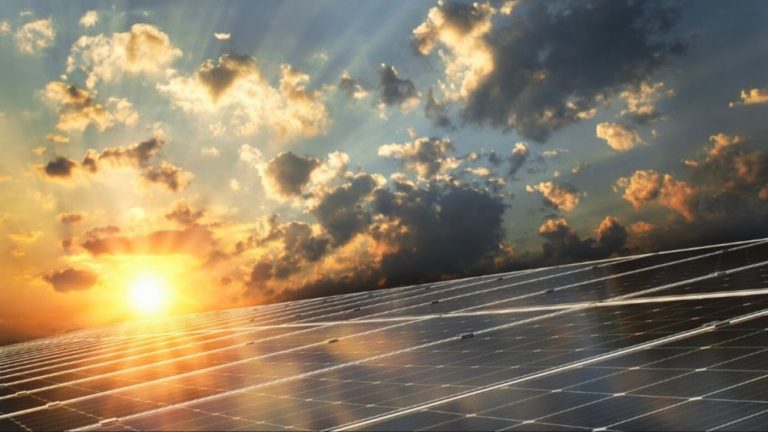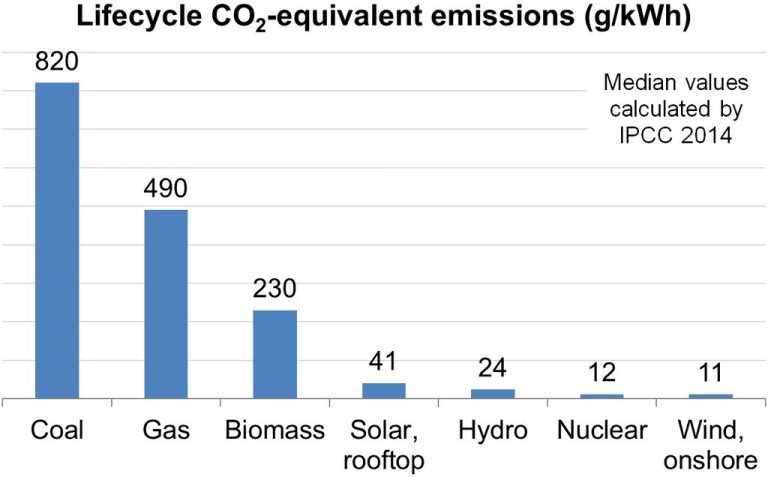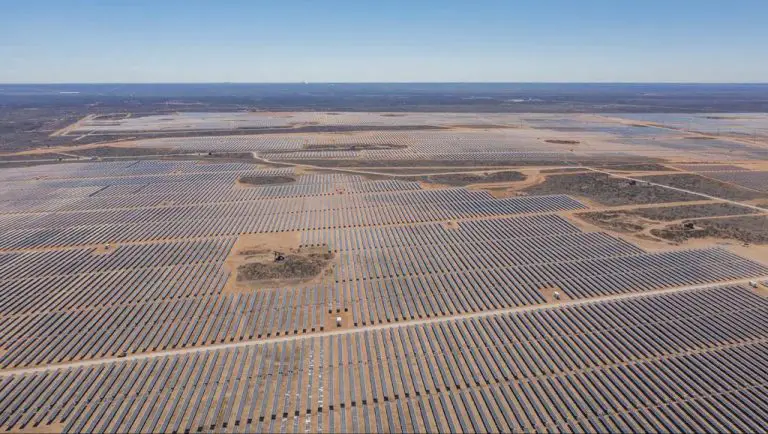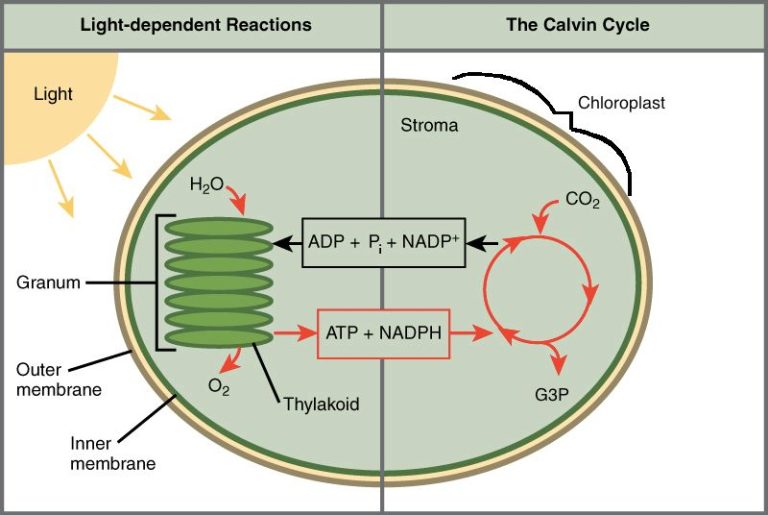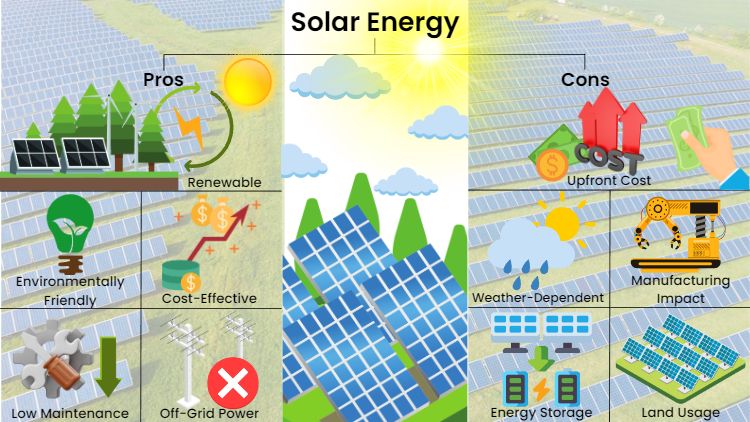What Are 2 Advantages Of Solar Heating?
Low Environmental Impact
One of the biggest advantages of solar heating is its low environmental impact. Unlike traditional energy sources like coal and natural gas, solar thermal systems produce no greenhouse gas emissions or air pollution while operating. This makes solar heating an eco-friendly way to meet your hot water and space heating needs.
Installing solar heating also causes very little disruption to your home or property. Panels can be mounted on rooftops, walls, or ground-mounted racks with minimal construction or land clearing required. The quiet, clean operation of solar heating systems means they have little impact on your surroundings once installed.
Overall, solar heating allows you to harness the sun’s energy with virtually no negative effects on the environment. By going solar you can reduce your carbon footprint and contribute to a cleaner future.
Free Energy Source
One of the biggest advantages of solar heating is that the energy source – sunlight – is completely free. Once you have installed the solar panels or collectors, there is no ongoing cost for the “fuel” like there is with fossil fuels. After the initial investment into the system, you can harness the power of the sun for hot water and/or space heating without any monthly expenditures for gas, oil, propane, or electricity to heat your water and home. The sun comes up free of charge every day, and the solar collectors allow you to tap into this abundant renewable energy at no cost beyond the installation of the system.
This is a huge benefit compared to conventional heating systems that require the continual purchase of fossil fuels like natural gas, heating oil, or propane to run. With solar heating systems, the sun’s energy is free once the equipment is in place, so you don’t have the recurring fuel bills associated with gas or electric heat. Any household or business can offset their heating costs by taking advantage of this free and renewable energy source.
Lower Energy Bills
One of the biggest advantages of solar heating is the ability to dramatically lower your energy bills. Conventional heating and hot water systems like furnaces, boilers and electric water heaters can account for a large portion of a household’s energy consumption and monthly utility costs.
By installing a solar hot water or solar heating system, you can cut your reliance on electricity and gas for these needs by 50-80%. The sun’s energy is free, so after the initial investment into the solar system, the hot water and heat it provides costs nothing to generate. This results in decreased energy bills month after month.
The return on investment for solar heating systems varies based on factors like your climate and energy costs in your region. But typical break-even periods are quite reasonable, in the range of 5-10 years. And solar thermal systems can reliably last 20-30 years. So after the system pays for itself through energy bill savings, it continues providing free heating and hot water year after year.
Reliable Technology
Solar heating is a proven and mature technology that has been in use for decades. The systems are designed for long-term operation with a typical lifespan of 20-30 years for solar thermal collectors.
Solar panels degrade slowly over time, losing around 0.5% of their efficiency per year. After 25 years, many solar panels still produce over 80% of their original rated capacity. With proper maintenance, solar heating systems can provide decades of reliable operation.
The lack of moving parts in solar thermal systems also enhances their reliability. As there is no combustion, the technology does not wear out in the same way as fossil fuel systems. Solar heating systems have minimal maintenance requirements, mainly just checking the glycol solution and pumps.
Advances in materials science and manufacturing have also improved reliability. Modern solar collectors use improved insulation, glazing, and absorber materials able to withstand outdoor temperature extremes. The overall robustness of solar heating makes it a dependable technology.
Energy Independence
One of the biggest advantages of solar heating is energy independence. With solar heating systems, homes and businesses can generate their own energy and are not reliant on the utility company for all their heating needs. This energy independence provides insulation against volatile energy prices and supply disruptions.
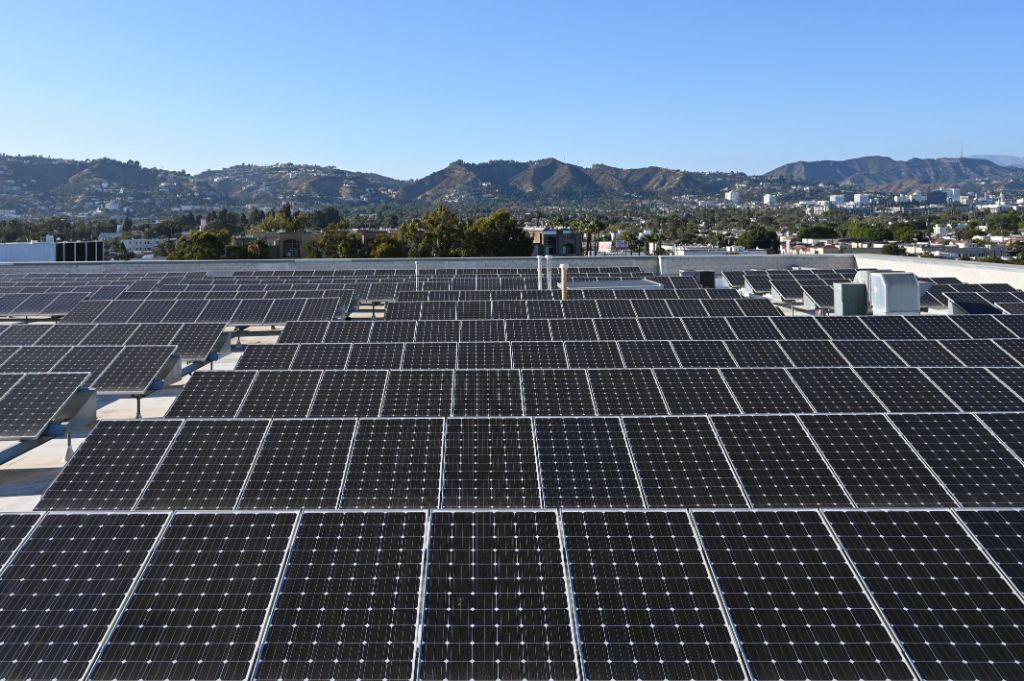
Utility electricity and natural gas prices tend to fluctuate unpredictably. Global events, supply and demand issues, infrastructure problems, and other factors can cause spikes in energy costs over time. With solar heating, customers lock in much of their energy costs upfront when purchasing the system, protecting them from price hikes. The free fuel source from the sun prevents exposure to market changes.
Generating your own energy also prevents complete dependence on the utility grid. Natural disasters, equipment failures, cyber attacks, and other problems can disrupt grid power. With solar heating as a backup energy supply, homes and businesses can maintain essential heating during outages. The systems provide a layer of energy redundancy.
Overall, by generating thermal energy onsite from the sun, solar heating confers energy independence and stability. Customers gain control over a portion of their energy footprint and reduce vulnerability to utility rate shocks and power disruptions. This insulation from market and infrastructure volatility is a major perk of solar heating.
Maintenance
Solar heating systems require very little maintenance compared to traditional heating systems. Once installed, solar heating systems operate automatically to collect and distribute heat without any need for customer oversight. Some basic maintenance is advisable to keep the system performing optimally.
The solar collectors and pipes should be checked periodically to remove any debris that could block sunlight. The mechanisms that control pump operation and heating distribution may need occasional adjustments or part replacements as they age. Properly installed closed-loop systems may need new antifreeze after 5-10 years. Overall, though, solar heating systems run reliably for decades with minimal upkeep requirements.
By avoiding fossil fuel combustion and dependency on utility infrastructure, solar heating reduces exposure to volatile energy prices. The auto-functioning and low-maintenance nature of solar heating yields reliable, hassle-free performance for homeowners and businesses.
Versatile Applications
One of the best features of solar heating solutions is their versatility. While they work extremely well for domestic households providing hot water needs and more, you can also find solar thermal systems in a variety of businesses, industries, and applications.
For example, solar water heating can be incorporated into all kinds of buildings including office blocks, warehouses, factories, and retail spaces. The systems work just as well providing hot water for restroom facilities as they do for residential homes. Solar heating is also widely used to heat pools all year round.
Large open areas are great locations to install solar thermal collectors too. Solar heating is an ideal technology for airports, military bases, university campuses, or parking lot covers. Many industrial processes and agriculture uses require hot water as well, making solar heated water an excellent fit as an energy reducing measure.
Government Incentives
Solar heating systems can be expensive to install at first, but there are multiple incentives available from the government to reduce costs and make things more affordable. The federal investment tax credit (ITC) provides a tax credit of 26% of the cost of installing a solar water heating system in your home.
In addition, many state and local governments offer rebate programs. These vary by location, but typically cover 15-40% of installation costs. There may also be low-interest and no-interest loans available to finance a solar water heating system. These incentives significantly lower the upfront cost burden and accelerate the return on investment.
Simple Technology
Solar heating systems rely on a basic mechanical system with few components or complexity. They consist of solar collectors, a circulation pump, a heat exchanger, and a storage tank. The solar collectors, often roof-mounted panels, absorb heat from sunlight. This thermal energy is transferred via a heat transfer fluid to the circulation pump, which moves the heated fluid through the heat exchanger. Here the heat is transferred to water stored in an insulated hot water tank. This simple process requires no combustion, generators, or sophisticated electronics. With few moving parts or complicated controls, solar heating systems tend to have low maintenance needs and are easy for homeowners to operate.
Demand Response
Solar heating panels can be integrated with demand response technology to reduce energy consumption during peak demand periods. Utilities often experience a spike in electricity usage during hot summer afternoons when air conditioning use is high. Solar water heating can respond to a demand response signal by slightly raising the temperature set point of the water heater tank during a peak event. This enables the solar panels to absorb less heat, reducing electricity demand on the grid when it’s needed most.
By participating in demand response, solar water heating systems contribute to improved grid reliability and stability. Less strain on the electric grid lessens the likelihood of rolling blackouts or brownouts on hot days. It also reduces the need for utilities to bring expensive and often dirtier peaking power plants online. In some areas, households are compensated through incentive payments or lower electricity rates for allowing their solar water heating systems to respond to demand response events. This delivers savings on energy bills in return for a small, temporary change in hot water availability.

